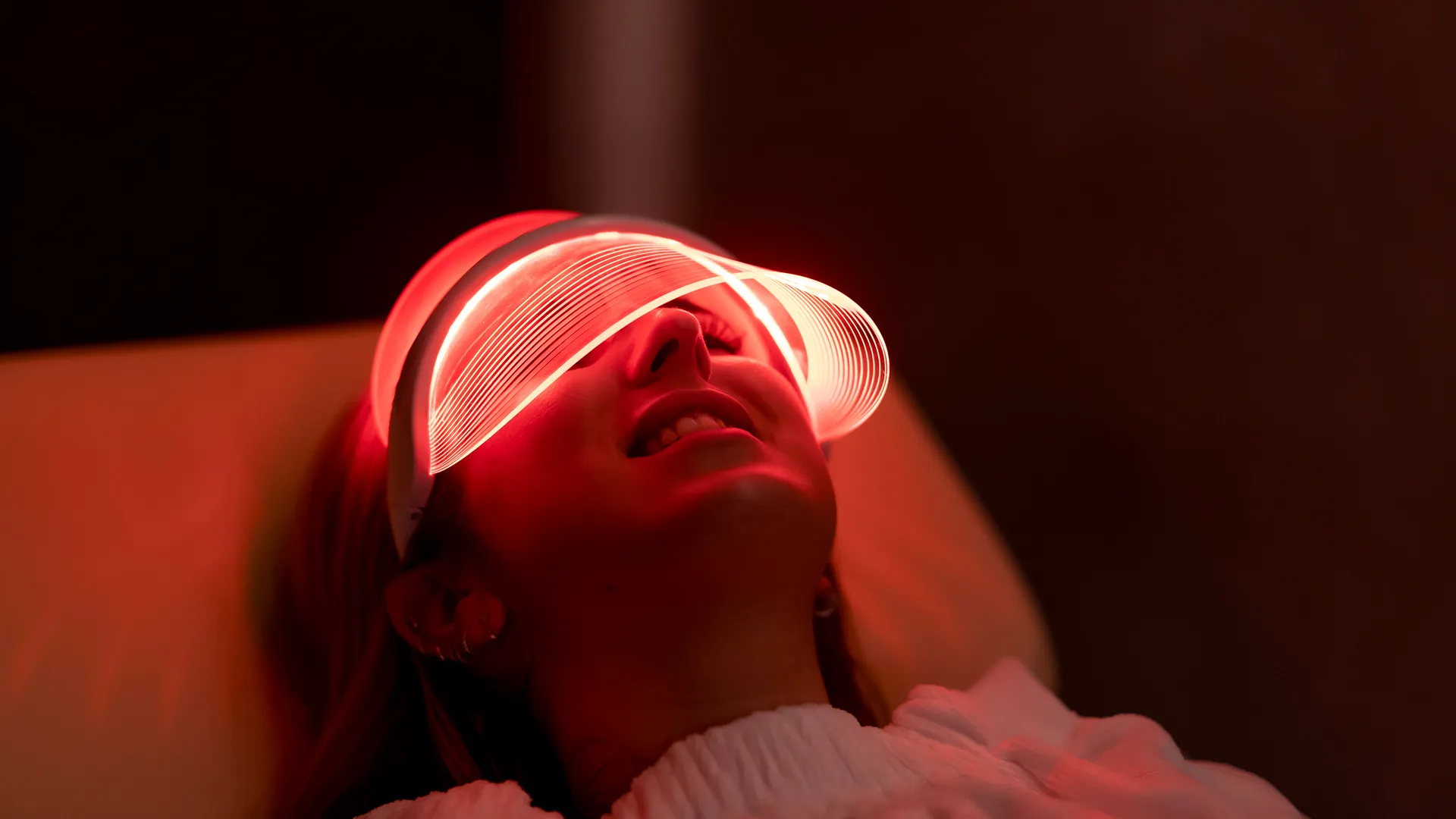Recently, biohacking has revolutionized health and performance through innovative techniques like light therapy, using specific wavelengths to target and treat various conditions. This article explores ‘Biohacking Light Therapy: Wavelength Health Treatments’ and how it effectively addresses health issues.
Introduction to Biohacking Light Therapy
Light therapy, also known as phototherapy, involves exposing the body to specific wavelengths of light to trigger beneficial biological responses. This approach has been studied extensively for its potential in treating conditions ranging from skin disorders to mental health issues. Biohackers are increasingly exploring and refining light therapy techniques to optimize its effectiveness and broaden its applications.
Understanding Light Wavelengths and Their Effects
Light exists across a spectrum of wavelengths, each corresponding to a different color. Different wavelengths penetrate the skin and tissues to varying depths, influencing biological processes in distinct ways:
1. Red Light Therapy
Red light therapy typically utilizes wavelengths between 630 to 660 nanometers (nm). This range of light penetrates superficially into the skin, where it enhances cellular function. Benefits of red light therapy include:
- Stimulating Collagen Production: Red light therapy has been shown to stimulate the production of collagen, promoting skin rejuvenation and reducing wrinkles.
- Pain Relief: It can help alleviate pain and inflammation by increasing blood flow to affected areas.
- Improving Wound Healing: Red light therapy accelerates wound healing by enhancing cellular repair mechanisms.
2. Near-Infrared Light Therapy
Near-infrared light (NIR) therapy uses wavelengths between 810 to 850 nm, which penetrate deeper into tissues than red light. NIR therapy offers several health benefits, such as:
- Muscle Recovery: NIR therapy helps reduce muscle fatigue and speeds up recovery after physical exertion or injury.
- Brain Health: It may improve cognitive function and protect against neurodegenerative diseases by supporting mitochondrial function in brain cells.
- Joint Pain Relief: NIR therapy can reduce inflammation in joints and alleviate pain associated with conditions like arthritis.
3. Blue Light Therapy
Blue light therapy utilizes wavelengths between 415 to 455 nm, which have antimicrobial properties and penetrate shallowly into the skin. Key applications include:
- Acne Treatment: Blue light therapy targets acne-causing bacteria (Propionibacterium acnes) and reduces inflammation, making it effective for treating acne.
- Mood Regulation: Exposure to blue light can help regulate circadian rhythms and improve mood by influencing serotonin production.
Applications of Biohacking Light Therapy
 Biohackers and health enthusiasts are exploring diverse applications of light therapy beyond traditional medical settings. Some innovative uses include:
Biohackers and health enthusiasts are exploring diverse applications of light therapy beyond traditional medical settings. Some innovative uses include:
- Sleep Enhancement: Reducing exposure to blue light in the evening and incorporating red or amber light before bedtime can improve sleep quality by supporting natural circadian rhythms.
- Athletic Performance: Athletes use light therapy to enhance recovery, improve muscle function, and optimize performance before competitions.
- Mental Well-being: Light therapy is being investigated for its potential to alleviate symptoms of depression and seasonal affective disorder (SAD) by influencing neurotransmitter levels in the brain.
Tips for Implementing Light Therapy Safely and Effectively
 While light therapy offers numerous benefits, it’s essential to approach it with care to maximize effectiveness and safety:
While light therapy offers numerous benefits, it’s essential to approach it with care to maximize effectiveness and safety:
- Consultation: Before starting any light therapy regimen, consult with a healthcare professional, especially if you have pre-existing medical conditions or are pregnant.
- Dose and Duration: Follow recommended guidelines for exposure time and intensity to avoid potential side effects like eye strain or skin irritation.
- Consistency: Consistent use of light therapy is key to achieving desired outcomes. Establish a regular schedule and adhere to it to optimize results.
- Quality of Light: Invest in high-quality light therapy devices that emit specific wavelengths reliably and at appropriate intensities for therapeutic purposes.
- Combination Therapies: Consider combining different wavelengths of light for synergistic effects. For example, combining red and NIR light can enhance cellular repair and regeneration processes.
Conclusion
Biohacking light therapy uses specific wavelengths to offer non-invasive, drug-free solutions for diverse health issues. It enhances cellular functions, speeds up recovery, and boosts well-being. As research uncovers more benefits, integrating light therapy into health routines improves human performance and quality of life, revolutionizing wellness approaches.





